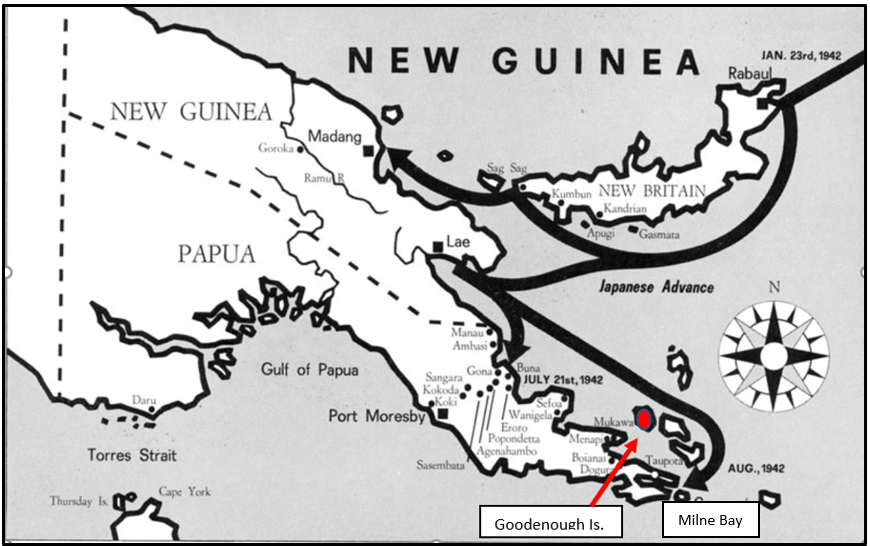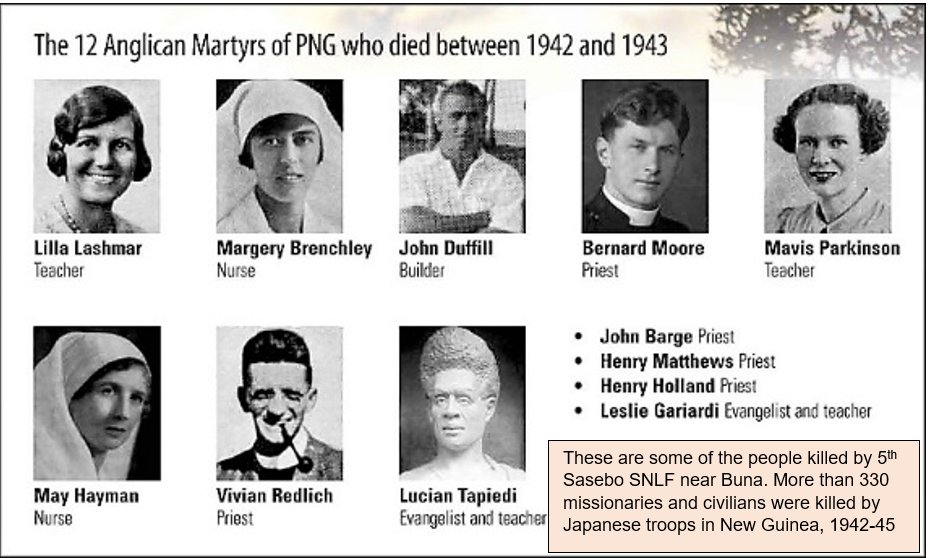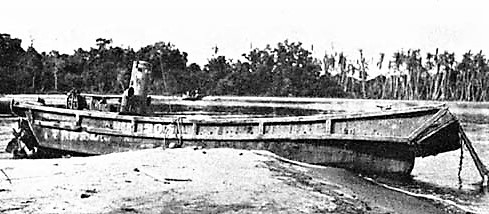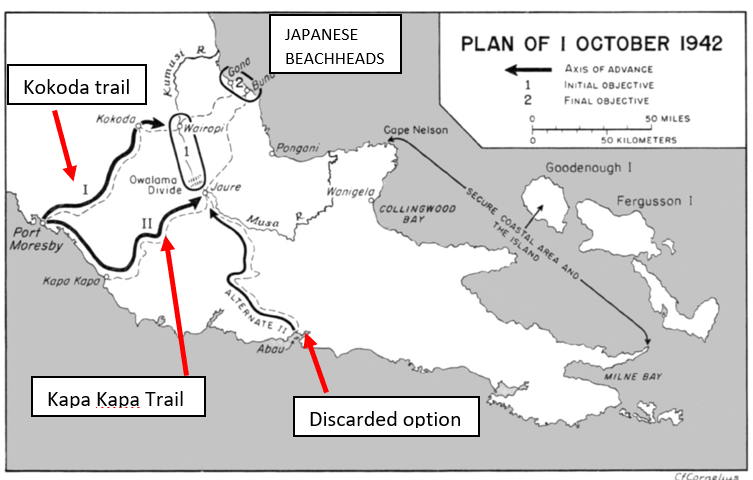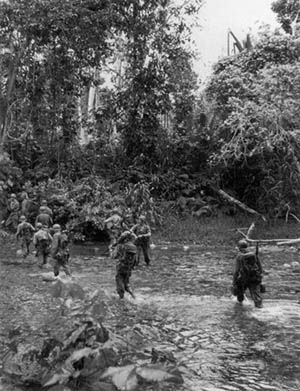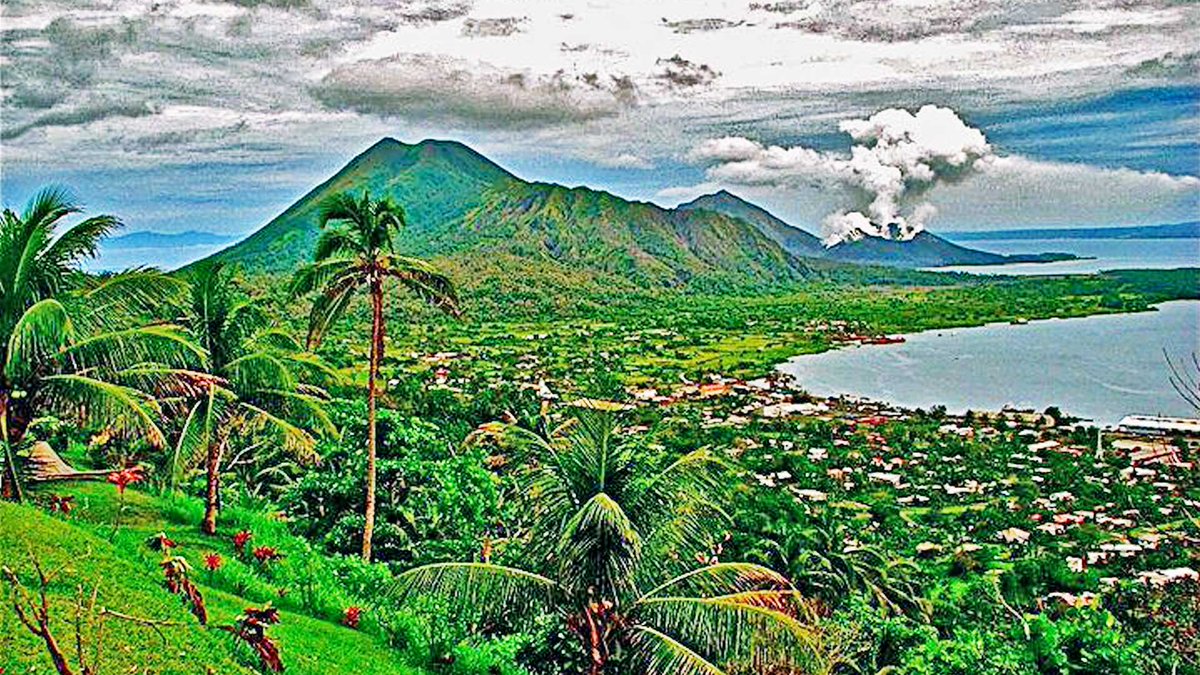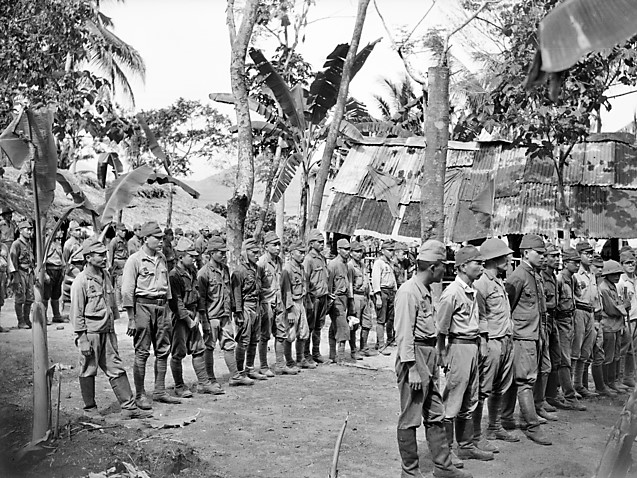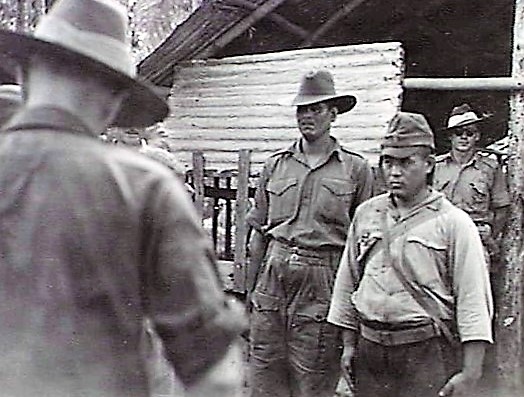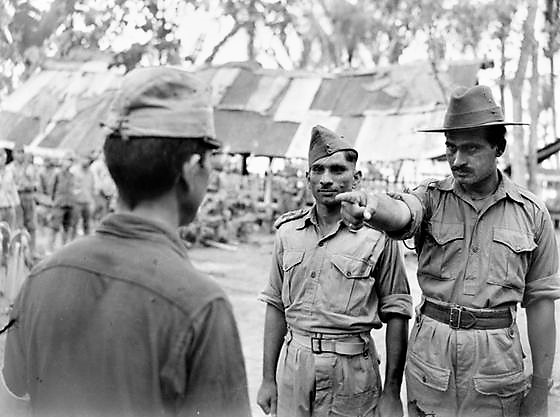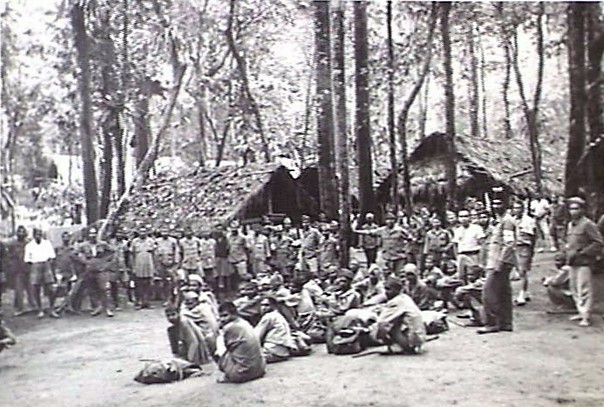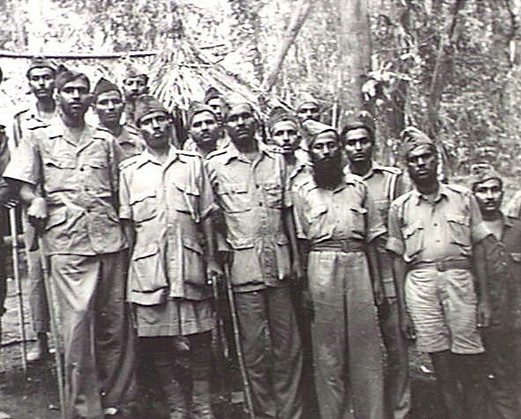
Thread
1/12
1909: a Prussian boy called Hermann Johann Friedrich Bottcher was born in Landsberg, NE Germany.
By 1918 he was orphaned; his soldier father killed in the Great War, and his mother having died before 1914.
He grew up, becoming a carpenter and studying architecture.
1/12
1909: a Prussian boy called Hermann Johann Friedrich Bottcher was born in Landsberg, NE Germany.
By 1918 he was orphaned; his soldier father killed in the Great War, and his mother having died before 1914.
He grew up, becoming a carpenter and studying architecture.
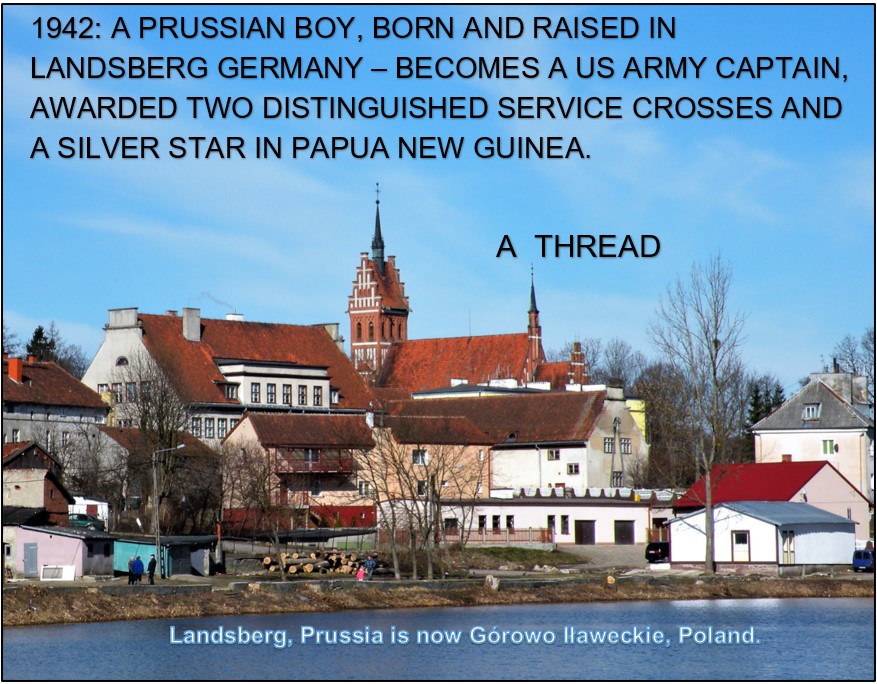
2/12:
With the rise of Nazism in Germany, he grew concerned and somehow escaped from his troubled homeland, along with his uncle George.
They emigrated to Australia.
1931: Speaking very little English, 22 y.o. Hermann then moved across the Pacific to California to pursue studies.
With the rise of Nazism in Germany, he grew concerned and somehow escaped from his troubled homeland, along with his uncle George.
They emigrated to Australia.
1931: Speaking very little English, 22 y.o. Hermann then moved across the Pacific to California to pursue studies.
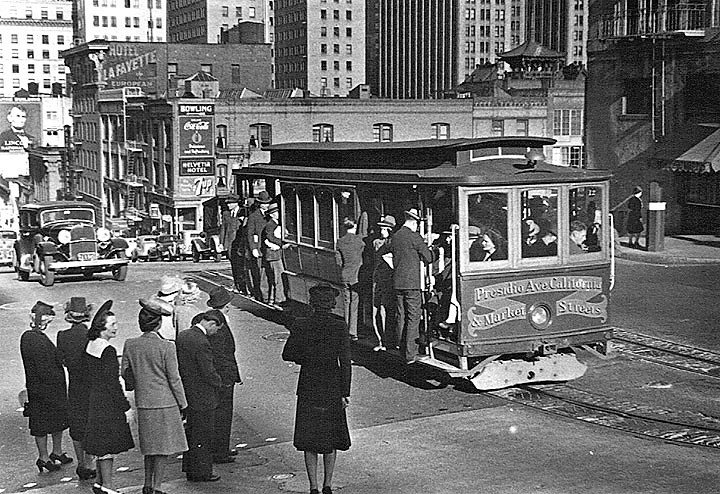
3/12:
He lived with an aunt in San Francisco.
1936: Aged 26, he went to Spain to fight against Franco’s Fascists with the "Abraham Lincoln" Brigade.
Twice wounded, he rose to Captain rank, being awarded three Spanish military decorations including the Spanish Medal of Valour.
He lived with an aunt in San Francisco.
1936: Aged 26, he went to Spain to fight against Franco’s Fascists with the "Abraham Lincoln" Brigade.
Twice wounded, he rose to Captain rank, being awarded three Spanish military decorations including the Spanish Medal of Valour.
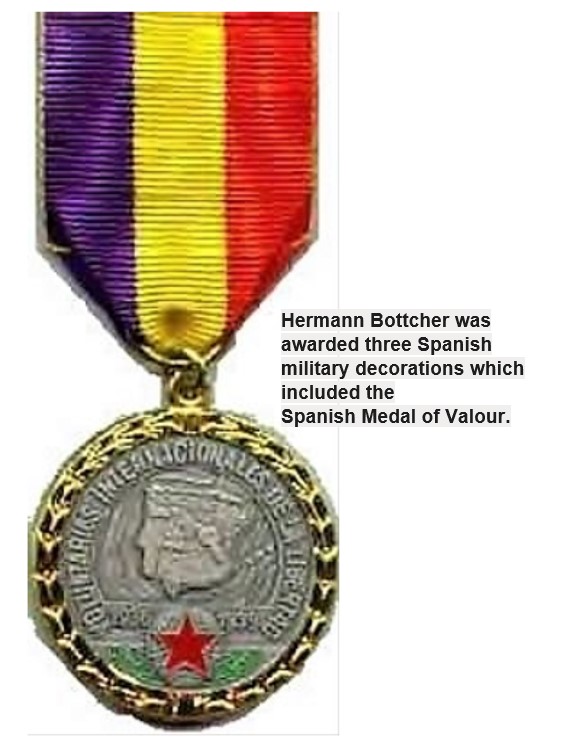
4/12
Late 1938: After his service with the socialist forces in Spain, he returned to San Francisco, only to find that his citizenship bid was repeatedly denied due to his politics.
He resumed both his study of architecture and his continual efforts to be granted US citizenship.
Late 1938: After his service with the socialist forces in Spain, he returned to San Francisco, only to find that his citizenship bid was repeatedly denied due to his politics.
He resumed both his study of architecture and his continual efforts to be granted US citizenship.
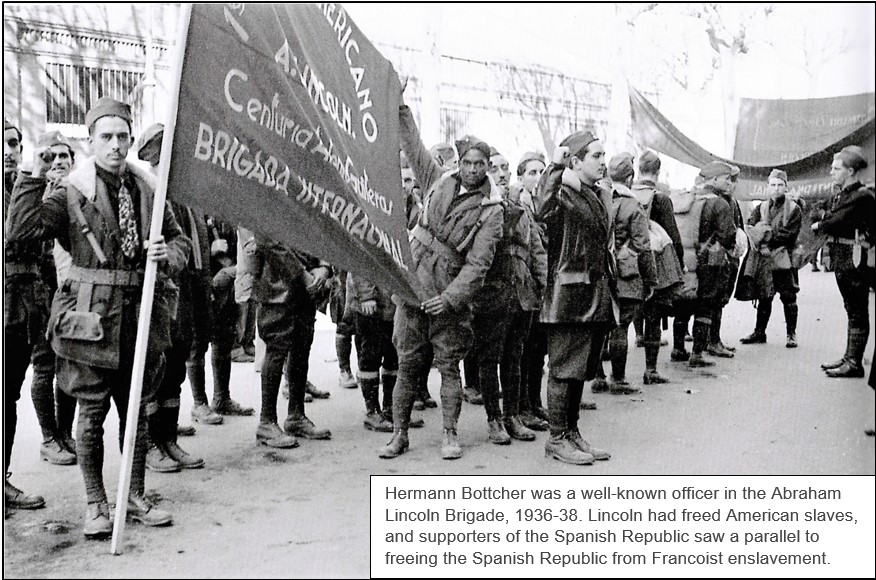
Jan 1942: Still a German citizen, he joined the U.S. Army's 32d Div. headed to Australia.
His Spanish war experience soon saw him promoted to Staff Sgt., despite his broken English & heavy accent.
In Papua he endured the gruelling Kapa Kapa Trail to approach the Buna battle zone.
His Spanish war experience soon saw him promoted to Staff Sgt., despite his broken English & heavy accent.
In Papua he endured the gruelling Kapa Kapa Trail to approach the Buna battle zone.
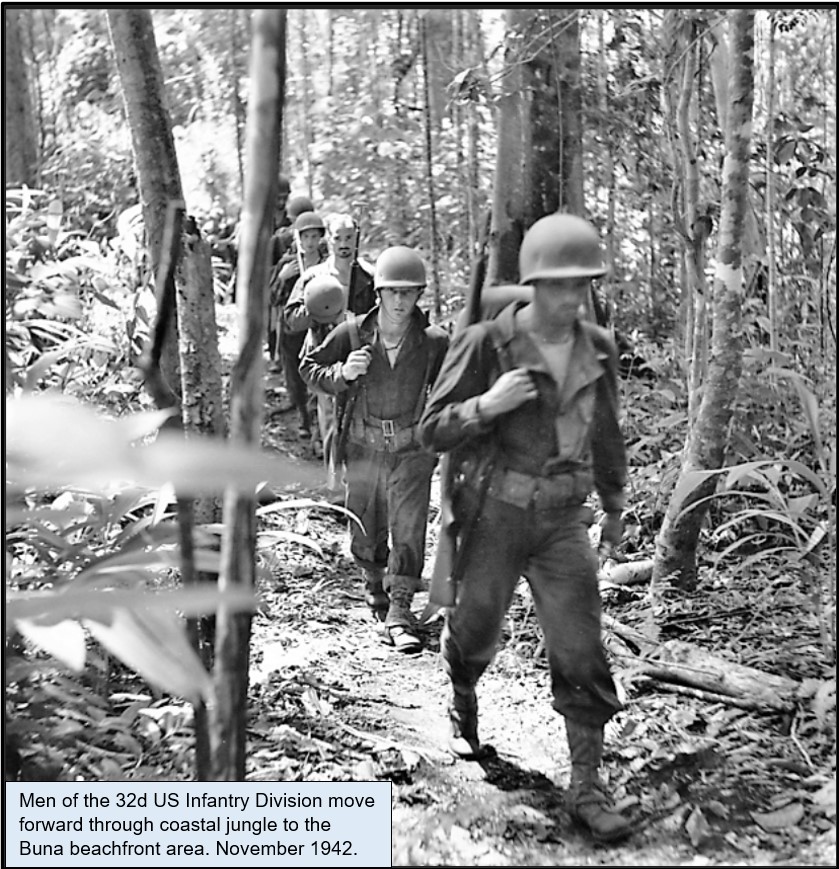
6/12
Due to his thick German accent, his natural leadership ability and his international combat experience, Staff Sgt Bottcher became well known throughout the untried 32d Division.
Due to his age (33yo) and his past rank in the Spanish Civil War, his nickname was “The Captain”.
Due to his thick German accent, his natural leadership ability and his international combat experience, Staff Sgt Bottcher became well known throughout the untried 32d Division.
Due to his age (33yo) and his past rank in the Spanish Civil War, his nickname was “The Captain”.
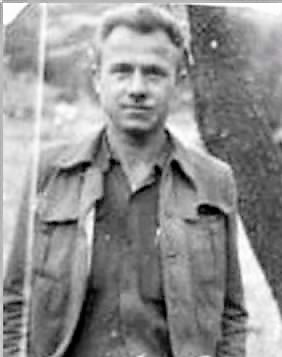
7/12:
After failed Dec 5, 1942 assaults by 128th Btn, SSgt Bottcher volunteered to lead 30 men to drive a wedge towards the beach between Buna village strongpoint and their base at Buna 'Mission', to cut the Japanese line.
The last 12 men went under hot fire thru' jungle & swamps

After failed Dec 5, 1942 assaults by 128th Btn, SSgt Bottcher volunteered to lead 30 men to drive a wedge towards the beach between Buna village strongpoint and their base at Buna 'Mission', to cut the Japanese line.
The last 12 men went under hot fire thru' jungle & swamps
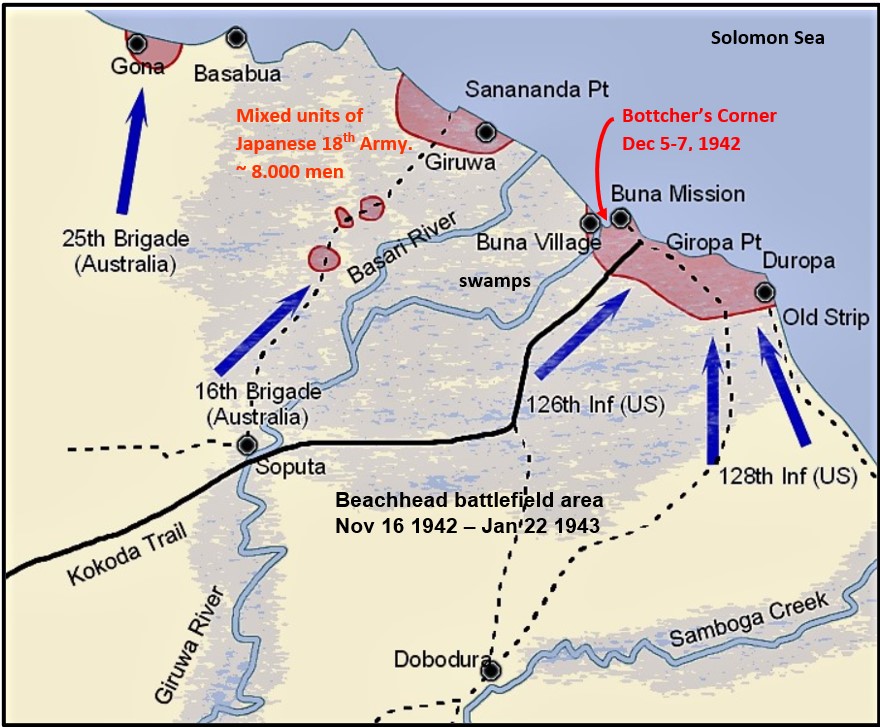
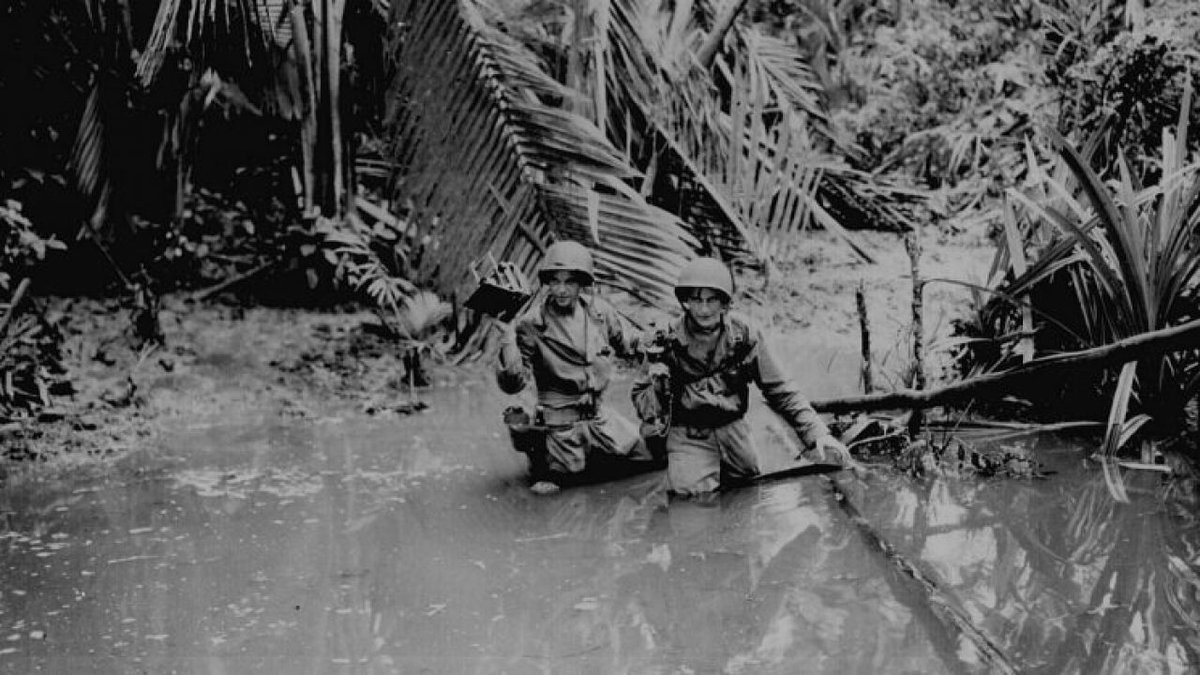
8/12
After hours of close combat, using Thompson guns and grenades, the small group crawled over bodies and wreckage to the beach and dug into the sand.
On the beach they claimed to have killed 40 Japanese and wounded a dozen more.
Bottcher's men were isolated.

After hours of close combat, using Thompson guns and grenades, the small group crawled over bodies and wreckage to the beach and dug into the sand.
On the beach they claimed to have killed 40 Japanese and wounded a dozen more.
Bottcher's men were isolated.
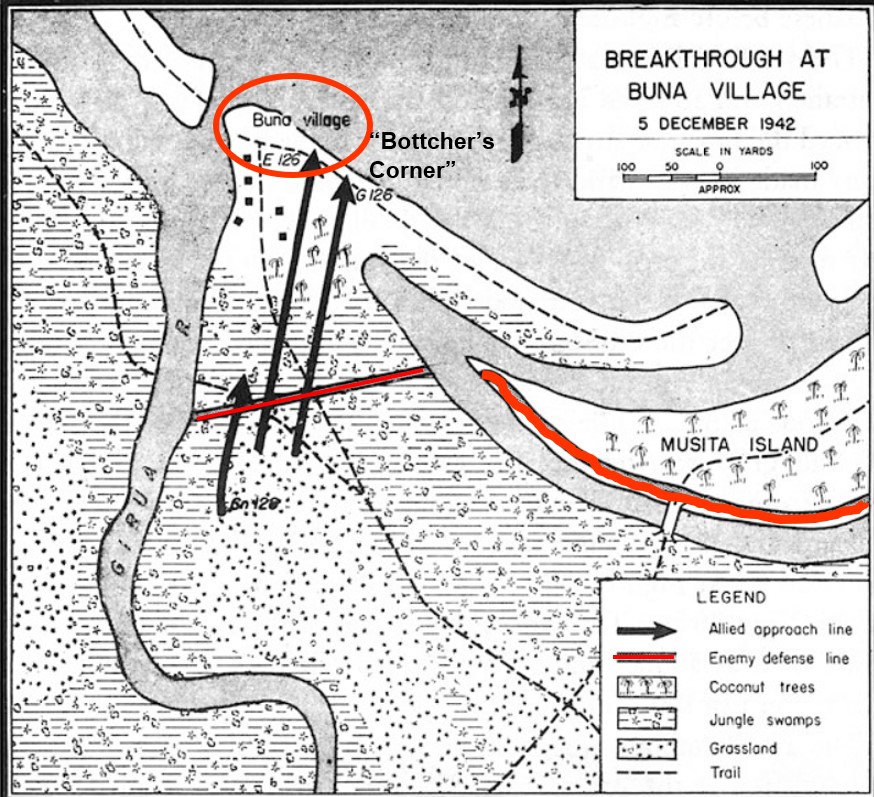
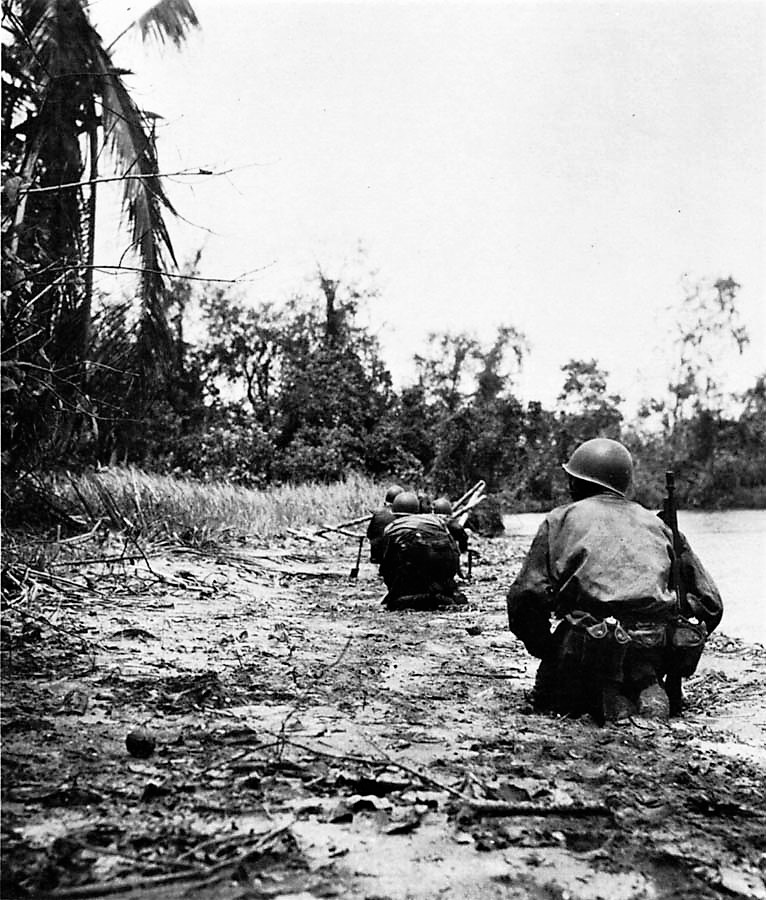
9/12
For seven days they repeatedly fought off fierce attacks from two sides at “Bottcher’s Corner”, dragging in an enemy MG to use.
A few men joined the group w/food & ammo.
Bottcher was wounded in the arm and head.
Before being relieved, his party killed an estimated 120 enemy.
For seven days they repeatedly fought off fierce attacks from two sides at “Bottcher’s Corner”, dragging in an enemy MG to use.
A few men joined the group w/food & ammo.
Bottcher was wounded in the arm and head.
Before being relieved, his party killed an estimated 120 enemy.
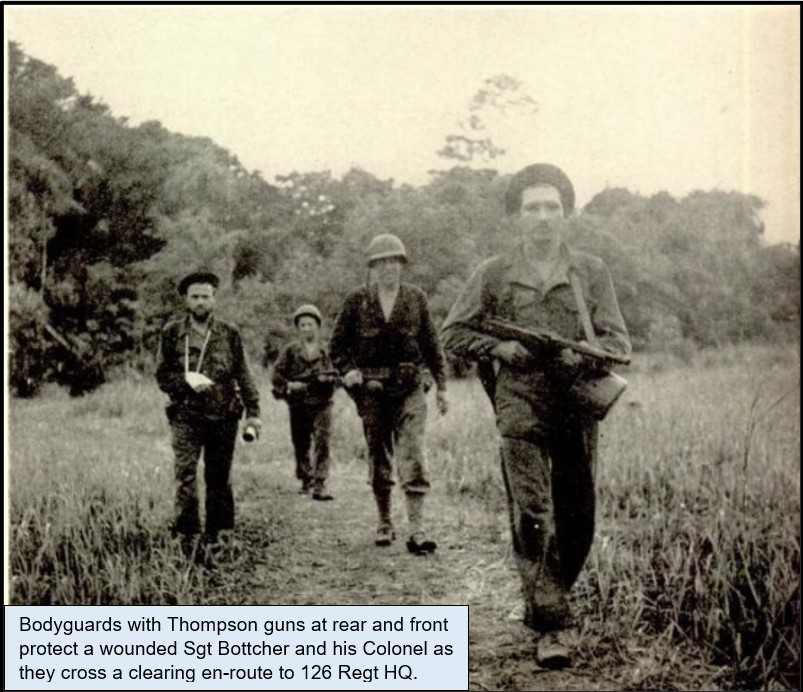
Badly stalled, 32d Div was now able to advance to the beach to split the defending Japanese forces of Colonel Yokoyama.
Lt. Gen. Eichelberger, elated, crawled to the front and promoted Bottcher on the spot to the rank of Captain.
Of 4 US Generals @ Buna, he was the only one left.

Lt. Gen. Eichelberger, elated, crawled to the front and promoted Bottcher on the spot to the rank of Captain.
Of 4 US Generals @ Buna, he was the only one left.
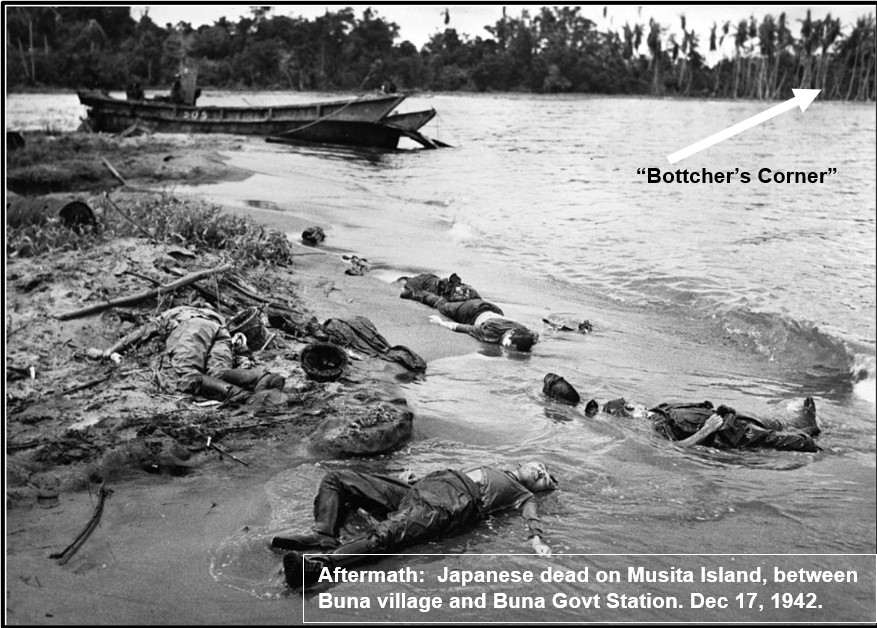
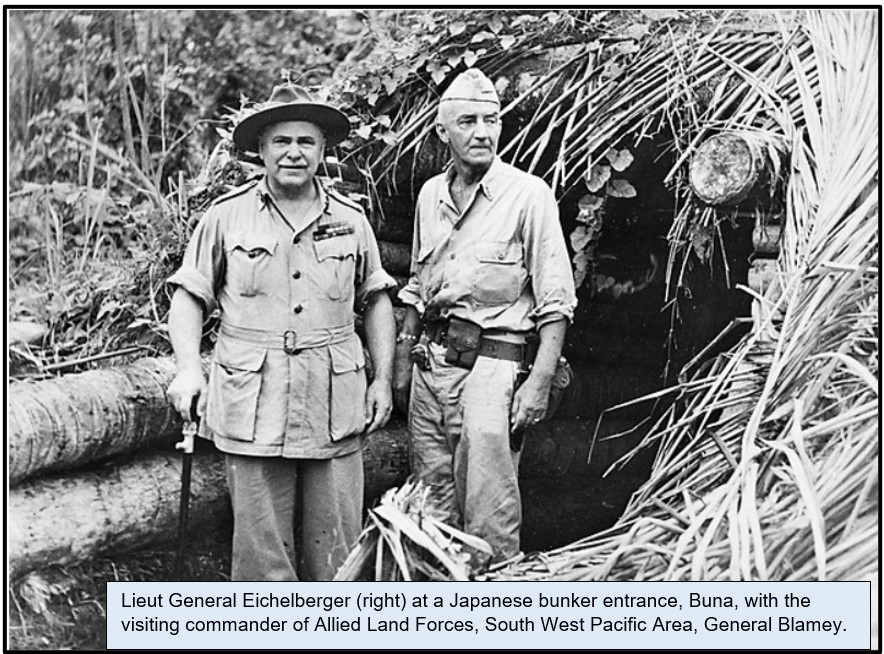
11/12
Despite his wounds, poor English and lack of officer training, Hermann Bottcher (awarded the Distinguished Service Cross) stayed on with his Division as a Captain.
A week later he was awarded another DSC for another action a few hundred metres east from Bottcher’s Corner.

Despite his wounds, poor English and lack of officer training, Hermann Bottcher (awarded the Distinguished Service Cross) stayed on with his Division as a Captain.
A week later he was awarded another DSC for another action a few hundred metres east from Bottcher’s Corner.
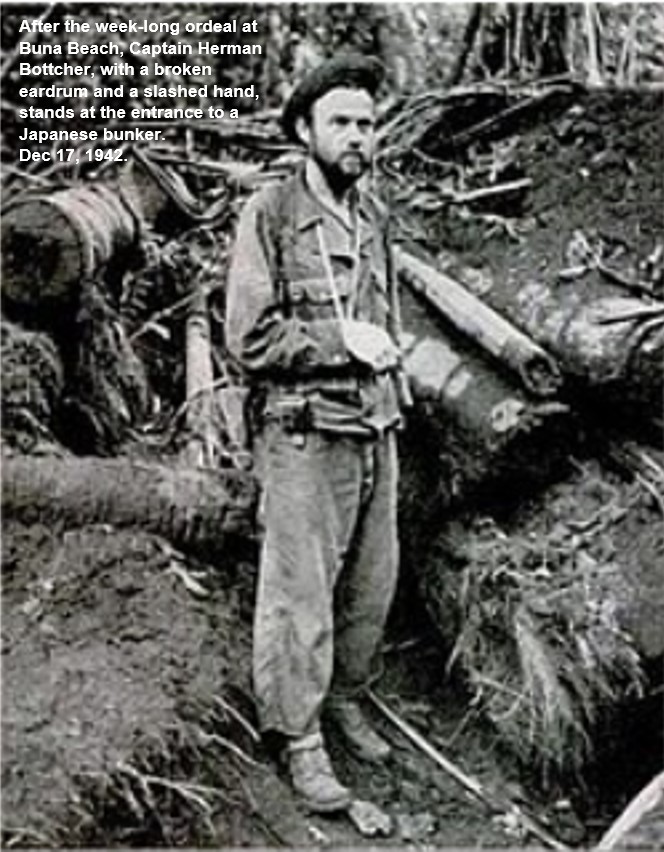
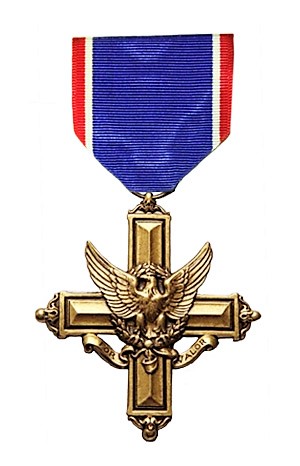
12/12
Capt. Hermann Bottcher, on leave in Australia on December 31, 1943, was finally granted his American citizenship.
Hugely popular with his men, he returned to action as OC of a recce platoon in the Philippines campaign where he was KIA exactly one yr later, December 31, '44.

Capt. Hermann Bottcher, on leave in Australia on December 31, 1943, was finally granted his American citizenship.
Hugely popular with his men, he returned to action as OC of a recce platoon in the Philippines campaign where he was KIA exactly one yr later, December 31, '44.
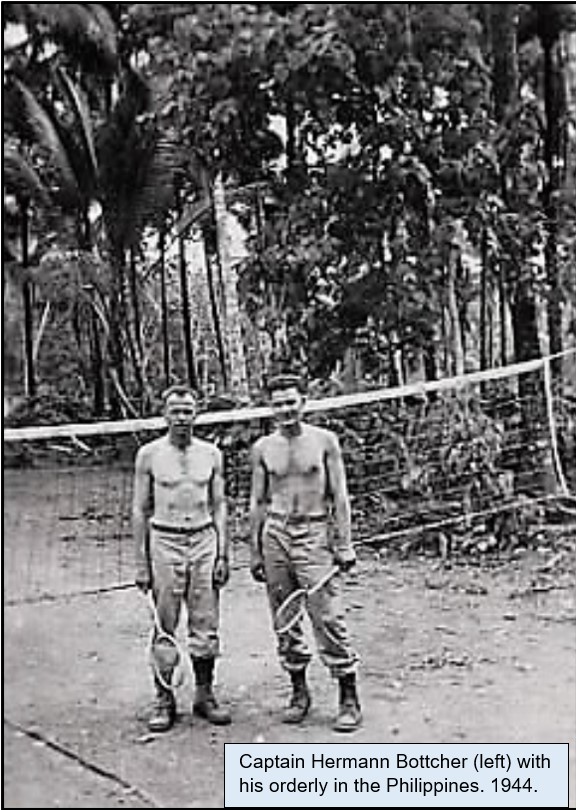

Slight typo here in the map; "Bottcher's Corner" existed isolated amongst Japanese defences for seven days from 5-11 Dec. inclusive, NOT "5-7 Dec"!
• • •
Missing some Tweet in this thread? You can try to
force a refresh







